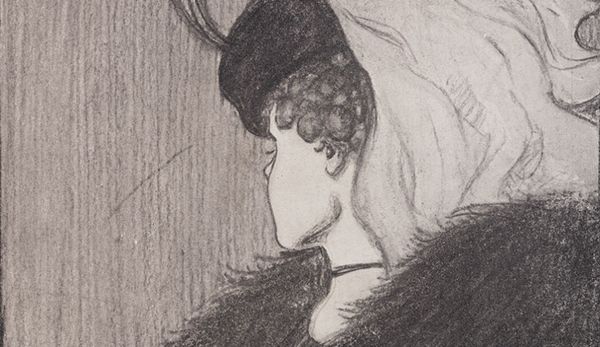
We modern humans might not feel like we have very much privacy, but at least nobody can see our hallucinations, right? I mean, you can't see that thing floating over there, right? Right?
A visual hallucination involves seeing something that appears real but isn't, and though a lot of us have experienced them, the experience of a hallucination is very personal; nobody else can see what you're seeing. The truth is, though, we don't 100 percent understand the neural mechanisms behind this little brain trick. What is clear, though, is that they're sometimes triggered by drug use, sleep deprivation or fever, or clinical conditions such as Parkinson's disease, schizophrenia and migraine headaches.
Advertisement
It's thought hallucinations are a product of a sudden change in the brain that temporarily commandeers visual function, but in order to understand how to make medicine for illnesses that can induce hallucinatory symptoms, researchers at the University of New South Wales and the University of Pittsburgh teamed up to develop a video that can cause a visual hallucination in the human brain.
The study, published in the online journal eLife, set out not only to induce a visual hallucination, similar to an optical illusion, in every study participant, but to trigger the very same hallucination in each participant each time.
To do this, the research team created a video of a flickering white ring with on a black background. You can watch it below, but, trigger warning: watching it sucks. Plus, you probably shouldn't watch it if you have a history of migraines, epilepsy or psychiatric disorders.
The video produced the same hallucination in almost 100 healthy college students: as the flickering video played, every participant said they saw gray blobs appear around the ring, moving first in one direction, then the other.
"Because the pale grey blobs are much simpler and uniform than more complex hallucinations that people generally see, they are much easier to study objectively," said Bard Ermentrout from the University of Pittsburgh's Kenneth P. Dietrich School of Arts and Sciences, in a press release.
Once they established that all the participants were hallucinating the same gray blobs, the researchers assessed the strength of each person's hallucinations by putting a smaller ring inside the white ring marked with permanent gray blobs, then asking whether participants perceived the inner blobs as lighter or darker than the outer ones. The researchers also charted the relative speed of the movement of the hallucinated blobs for each participant.
In a final trial, the team performed the same experiment with light entering through just one eye or the other, and because the participants were able to see the hallucinations regardless of which eye the light was entering, the researchers concluded that visual hallucinations derive from the visual cortex, the part of the brain that receives and processes visual input and allows us to see.
These experiments have allowed the researchers to create a model of the visual cortex, which they're now using to investigate visual hallucinations experienced by people with psychiatric disorders.
Advertisement


